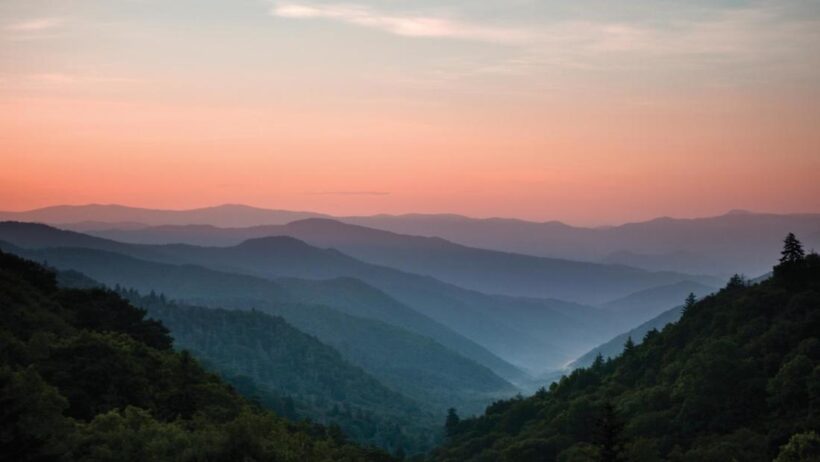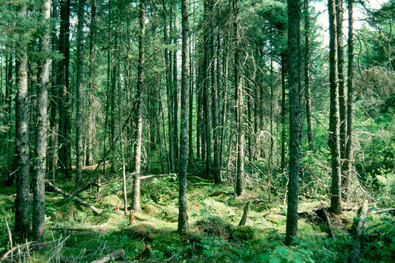The climate of Tennessee, a state nestled within the embrace of the Appalachian Mountains and the Mississippi River, reveals a fascinating tapestry woven with threads of warm summers, invigorating thunderstorms, and country roads that wind through vistas of vibrant foliage. This land, characterized by its diverse geography, offers more than beautiful scenery; it showcases a climate that uniquely shapes the experiences of its inhabitants and wildlife alike.
As we delve into Tennessee’s climate, it becomes apparent that the state operates in a humid subtropical climate zone. This classification invites the warm, sultry embrace of summer, where temperatures can soar into the upper 80s to low 90s Fahrenheit. During this season, the sun basks over Tennessee, coaxing the verdant landscapes into full bloom. The days stretch luxuriously long, reminiscent of an artist’s canvas splashed with hues of green, gold, and azure. However, with the warmth comes humidity—a palpable veil that envelops the atmosphere, occasionally leading to heavy afternoon thunderstorms. These storms, powerful yet ephemeral, are nature’s way of comforting the parched earth, reminiscent of an artist’s brush, highlighting the vibrant landscape with droplets of refreshment.
The summer months are not merely about the heat; they are also the backdrop for a symphony of natural occurrences. The cerulean sky may suddenly darken, as if nature herself is preparing for an orchestral crescendo. Thunder rumbles in the distance, reverberating like the growl of a sleeping giant awakening. Lightning streaks across the sky, illuminating the dense forest canopies and the lush fields below in a brilliant flash of white. These thunderstorms serve as a reminder of nature’s chaotic beauty—wild and untamed, yet necessary for sustaining the region’s flora and fauna.
Traveling along Tennessee’s country roads during the summer months offers passage through a world steeped in beauty. Here, the hills undulate like gentle waves, leading travelers through idyllic countryside scenes, dotted with blooming wildflowers bursting forth in vibrant colors. As the sun sets and the horizon transitions to hues of burnt orange and purple, one experiences a fleeting intersection between the day’s vibrant energy and the tranquility of the encroaching dusk. Indeed, summertime in Tennessee encapsulates a paradox—the harmony of exuberance and serenity found within the natural world.
As the earth tilts away from the sun, heralding the autumn months, Tennessee undergoes a metamorphosis. The air becomes crisp, infused with the scent of decaying leaves and ripe harvests. This season, often celebrated for its stunning foliage, features leaves that transform into a breathtaking palette of reds, oranges, and yellows. As this chromatic spectacle unfolds, the cooler temperatures provide a reprieve from the summer heat. Days in September and October often range from the mid-60s to mid-70s, making it an ideal time for outdoor activities, festivals, and enjoying the bounty of nature’s harvest.
Following autumn, the chill of winter envelops the state, bringing with it a quiet stillness. While Tennessee does not experience the harsh winters of its northern counterparts, it can still surprise its denizens with occasional snow. Elevations can play a significant role; the higher elevations in the east, such as those found in the Smoky Mountains, may see a few inches of snow, transforming the pine-draped ridges into a serene winter wonderland. Conversely, the western areas tend to remain milder, where winter lingers like a gentle whisper rather than a thunderous proclamation.
A pivotal aspect of Tennessee’s climate is its rainfall, which is both abundant and essential. Averaging between 50 to 60 inches annually, this precipitation is the lifeblood of the ecology, nurturing the thick woodlands, meandering rivers, and fertile valleys. The spring season, with its playful whims, tends to be particularly wet as the state shakes off winter’s chill and prepares for new life. The potency of spring rains awakens dormant seeds, prompting a glorious resurgence of flora, much like the resurrection of a phoenix, rising from the ashes of less vibrant months.
One cannot ignore the climatic discrepancies that arise within such a diverse geographical entity. The eastern region, characterized by the Great Smoky Mountains, boasts a more temperate climate due to its elevation and ecology, whereas the western regions encounter a gradually warming trend. These variations contribute to Tennessee’s rich biodiversity, allowing for various plant and animal species to thrive within their respective niches, with each microclimate offering its unique cast of characters to the grand ecological stage.
Ultimately, Tennessee’s climate is a metaphor for resilience; it embodies transition and adaptation. The ability of its ecosystems to flourish within the constraints imposed by seasonal shifts reflects a dynamic equilibrium. But with the looming threat of climate change, this equilibrium faces unprecedented challenges. Continuous monitoring, sustainable practices, and a collective commitment to ecological stewardship are imperative. Preserving the delicate balance that characterizes Tennessee’s climate not only ensures the survival of its natural beauty but also safeguards the rich tapestry of life that calls this enchanting state home.
As one drives along the winding country roads, with the lush landscapes unfolding like an elaborate storybook, it is easy to feel a connection to nature’s rhythm. The interplay of thunderstorms, warm summers, and the changing of seasons paints a vivid portrait of Tennessee’s climate, forever inviting exploration and admiration. The call of the wild, coupled with the peaceful allure of its natural landscape, reminds all who venture here that beneath the surface lies a complex and interwoven climate narrative worthy of appreciation and preservation.








